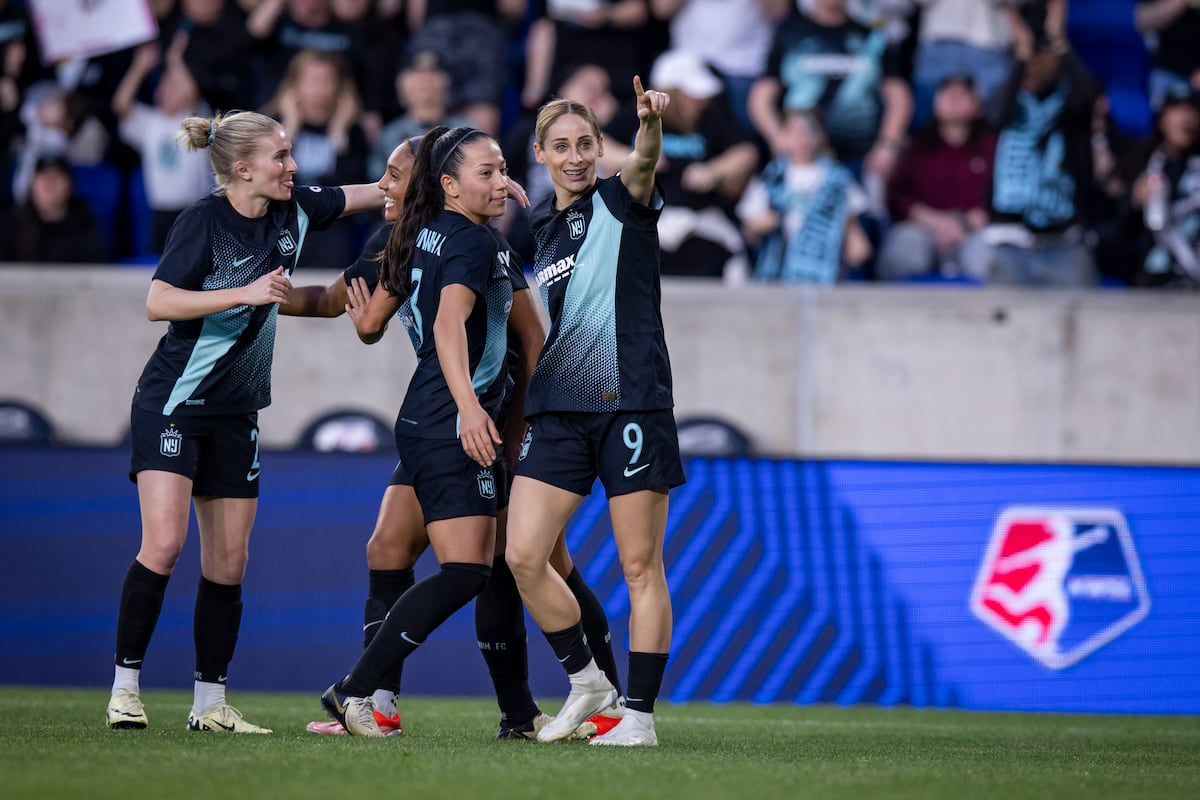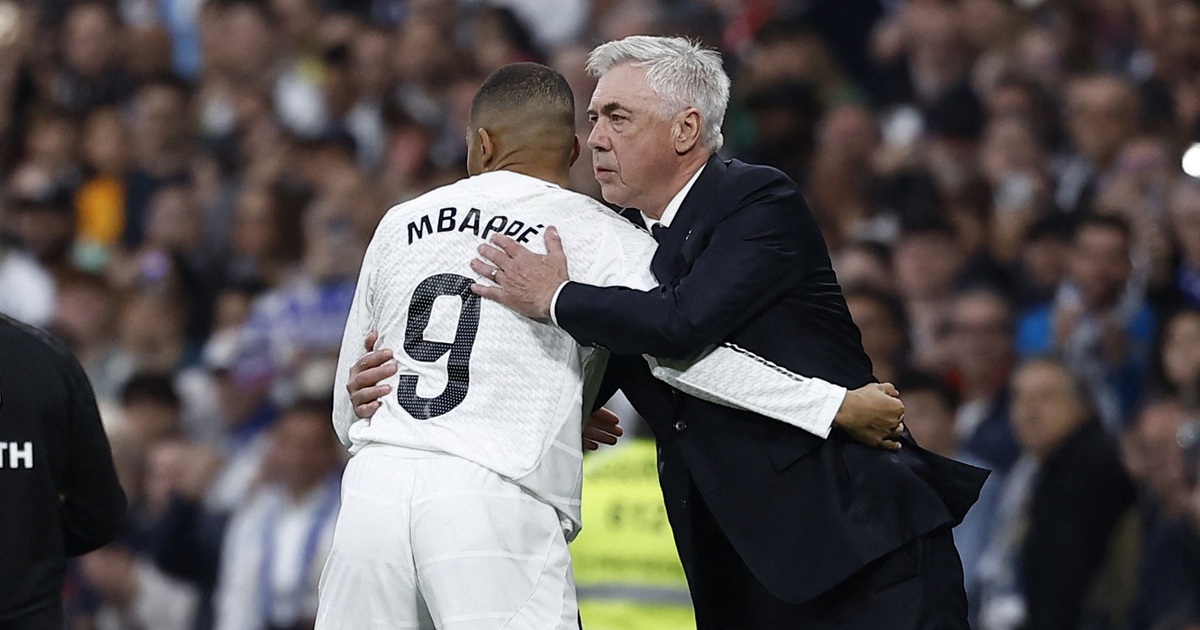The women’s soccer league in the US has no ceiling. In the United States everything is big, also women’s soccer, also entertainment. The National Women’s Soccer League (NWSL) has not stopped growing. Last year they sold the television rights until 2027 for $240 million—60 per season—to CBS, ESPN, Amazon Prime Video and Scripps Sports, an agreement under which each club will earn five million a year. This season they have exceeded two million spectators in the stadiums in the regular League, with an average attendance of 11,000 spectators per game. And in the playoff final on November 24, with the Orlando Pride as champion, a record average viewership was recorded: 967,000 on CBS, an increase of 18% from the previous year, and more than 2.5 million viewers during that weekend.
The League – with 14 teams that will be 16 in 2026 – has great equality, great investments and infrastructure – stadiums and sports cities exclusively for the players – and resources to make the experience for the spectator, staffand completely professional footballers. Everything draws on a very strong national team, four-time world champion and five gold medals in the Olympic Games.
Is it the best League in the world? “You don’t have to generate so many debates,” explains Jonatan Giráldez, NWSL runner-up who joined Washington Spirit this summer after three years at Barcelona. “It is one of the best leagues if we mean that it is very even, since this competitiveness is very attractive. Another thing is where the best teams are. For me it is still Barça,” he adds. Juan Carlos Amorós, Gotham coach and league champion last year, also highlights “maximum equality.” “For me it is the best women’s soccer league in the world because both the clubs and the League try to ensure that their players and fans have the best possible experience, as professional and with everyone’s desire to win,” she explains. When she landed, what surprised her most was the “seriousness” with which they treat women’s football and the “strong collective agreement.” Giráldez, for his part, was impressed by the show: “It is a very different culture. Everything is very oriented businessto the showfor people to enjoy before, during and after the game.”
Giráldez had a meeting with 200 club members. “There was a lot of diversity of profiles, including people who had never watched football, but who this year had decided to become a Spirit member. This in Spain is unthinkable, people become members of the club of their lives. The emotional bond with the fan is different,” explains Giráldez. Vision also shared by Arkaitz Coca, representative of soccer players, including Esther González, Gotham player: “It is going to be difficult for them to have that vision of soccer that we have in Europe, that feeling of roots,” he adds.
Disappearance of the ‘draft’
A League where the players were chosen from a draft—this will no longer be the case starting next season, being the first American League to eliminate it— that started from the university leagues. Arola Aparicio, an Espanyol player, spent four years combining studies with soccer at the Little Rock Trojans in Arkansas thanks to a scholarship. He left after a teammate from his Barça B years told him about it. “University leagues are very important. It is a model that could be implemented in many places.” There, universities carry out exhaustive monitoring, and sports and studies “go hand in hand.” “Physique is very important. I had always been fast and strong, but quite skinny. There I got toned,” explains Aparicio.
At seven in the morning they trained and then played on the weekends or sometimes during the week. “There was a lot of gym, very structured, with some basic concepts—squats, pull-ups, bench press and deadlifts—and other exercises. It was lifting a lot of weight,” explains the Perica player. It also highlights the “superphysical” and speed training on the athletics tracks. “The players loved to compete physically, and there was a lot of discipline,” she remembers.
“The player’s profile is aimed at being physically superior. The raw material is of a high level, and they are football sponges. The players are athletes, it is a different conception,” explains Giráldez. But the coach sees room for improvement in terms of “training, game aspects and individual and collective tactical improvement,” a thought shared by Aparicio. Amorós, for his part, after three seasons, observes a “great evolution.” “Teams have more and more records. There are possession teams, which may be fewer, and transition teams, but they are increasingly beginning to be more complete,” adds the Gotham coach.
More and more soccer players are making the move to the United States. “It is not a League to which they come to retire. There are footballers from all over the world. Although there are clubs in Europe that can pay more because here we have a salary limit, the experience as a footballer is greater here,” says Amorós. More and more Spanish women are leaving: Ana Tejada, Claudia Zornoza, Maitane López or Esther González. The latter left Real Madrid in 2023 for Gotham after the end of the season at the white club in which they did not have her. “She had always said that she would like to play in the United States. We received several offers and we looked at the game model to choose from,” says Coca, its representative. He joined immediately after winning the World Cup in New Zealand and Australia, and they lifted the trophy at the end of the season, with his goal included. “The day-to-day life here is the same as that of a man in men’s soccer,” Esther assured Coca. Not only Spanish players are leaving, but also foreign players from the F League have ended up making the leap, such as Racheal Kundananji – world transfer record for around 725,000 euros -, Asisat Oshoala and Leicy Santos.
“The daily management and how they feel is of the highest professional level,” adds Coca. NWSL franchises have appreciated by 57% in 2024, and already exceed $104 million on average, according to 2Playbook. But, in addition, there is also concern on the part of the organization to improve. “It is a very young League. There are many meetings in which we are invited to show our opinions. They want to be the best League in the world,” says Giráldez. Last August, the new collective agreement was signed, now in force until 2030. The statute eliminates the draft, as well as transfers without the knowledge of the footballer and improves her rights in matters of rest or maternity. Also accompanied by an improvement in salary: 48,500 dollars in 2025, and which will reach 82,500 in 2030, within a salary limit that will also rise from 3.3 million in 2025 to 5.1 in 2030. A solid agreement that wants to protect its players in a pure show League that continues to grow and generate business.








